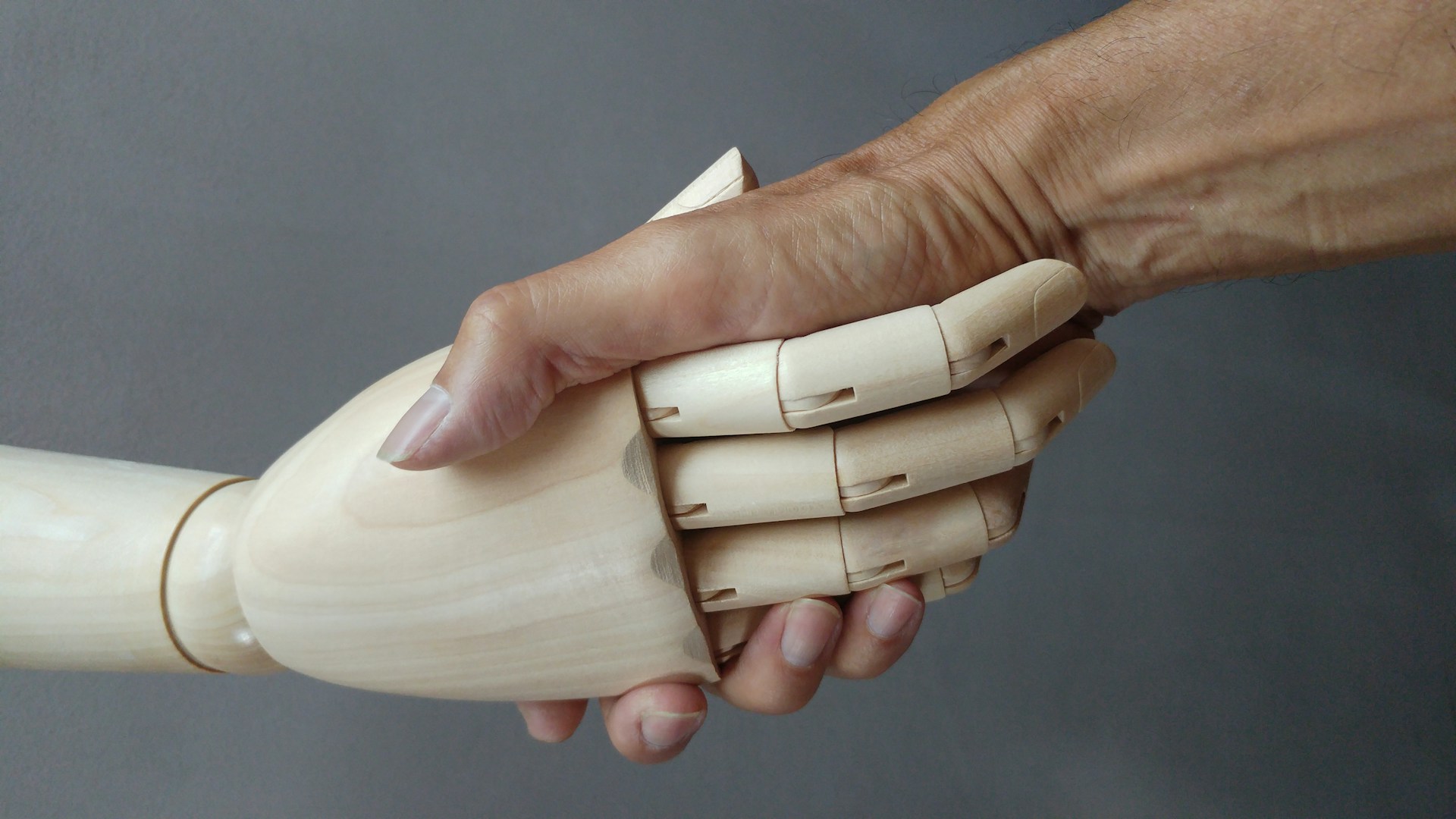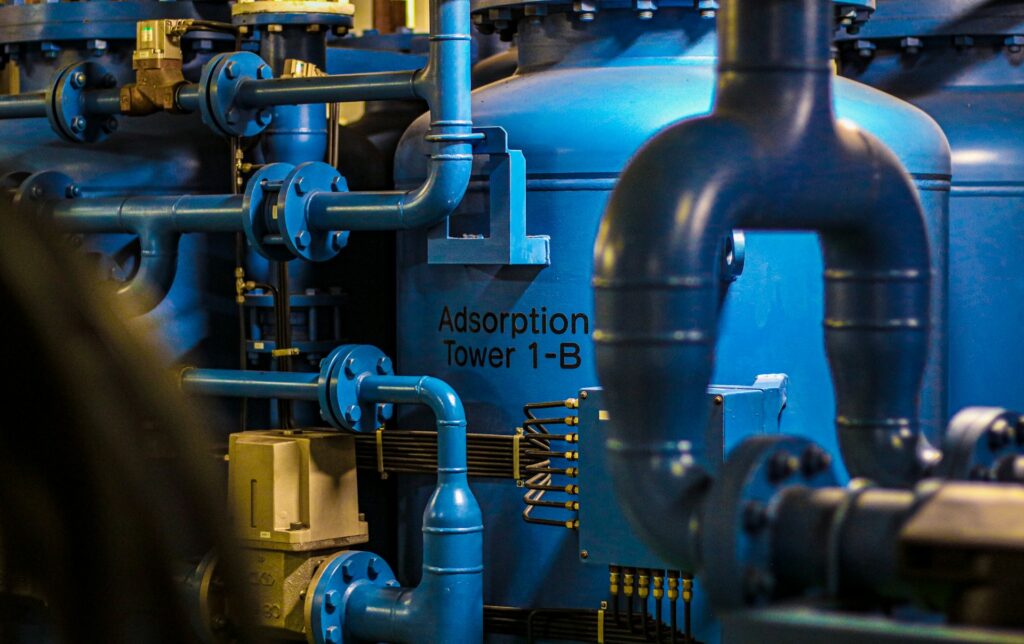A research team at Washington State University, working with collaborators at Cornell University, has reported progress toward engineering artificial cartilage that is structurally similar to the thin, three-layered material found in human joints. Their work, focuses on producing cartilage that varies in stiffness and flexibility depending on its position in a bioreactor, offering a route toward constructs that better mimic the demands of knees and hips.
Bernie Van Wie, who leads the WSU team, describes the approach as a way of avoiding rigid recipes. Instead of using a static protocol, the reactor provides an adjustable environment where corrections can be made as needed. This adaptability could become important if the goal is to create full-scale, load-bearing cartilage constructs rather than small patches.
Robertson, T. J., Schuler, A. W., Pondipornnont, P. P., Driskell, R. R., Bonassar, L. J., Gozen, A., Dong, W., Thiessen, D. B., & van Wie, B. J. (2025). Effects of a Gradated Fluid Shear Environment on Mesenchymal Stromal Cell Chondrogenic Fate. ACS Biomaterials Science & Engineering, 11(11), 6727–6739. https://doi.org/10.1021/acsbiomaterials.5c01183
Cartilage failure is a widespread problem, particularly as populations age. Natural cartilage in joints lacks blood vessels, which means it has limited ability to repair itself. The result is a growing reliance on pain treatment or full joint replacements. Although techniques for growing cartilage outside the body have improved, the materials produced so far tend to be soft and lack the gradient of properties found in the two to four millimetres of cartilage lining major joints. This has limited their use to smaller defects rather than full-function replacements.
Bernie Van Wie, from Washington State University stated,
“So not only is our goal that of making this tri-layered cartilage, we’re doing it with corrective feedback as the process continues. It’s not like we have a recipe and hope it works; rather, we’re giving a recipe that can be corrected on the fly in real time.”
The WSU group designed a tapered bioreactor that uses bone-marrow-derived stem cells. As fluid moves through the system, the shear forces acting on the cells change, nudging them to adopt different behaviours depending on their location. Stem cells near one end produce cartilage that is comparatively stiff, while those exposed to gentler shear generate softer, more flexible tissue. This type of gradient is important because natural cartilage integrates a rigid base layer with a middle impact-absorbing layer and a smooth, lubricating surface.
The researchers report that regions of their engineered tissue approach the strength and organisational qualities associated with the three distinct layers of natural cartilage. Achieving a consistent gradient has been a challenge in previous tissue-engineering efforts, and their reactor design gives them finer control over how cells interpret mechanical cues. This approach continues a broader trend in regenerative engineering that relies on physical forces, rather than solely biochemical signals, to guide tissue formation.
A second component of the project involves adding a feedback mechanism to monitor stem-cell behaviour during growth. Because stem cells sometimes shift toward becoming bone instead of cartilage, the team introduced fluorescent proteins that act as indicators. A red signal marks undesired bone-associated activity, while a green signal marks successful cartilage formation. Having this information in real time allows the researchers to adjust growth conditions while the process is still underway, rather than waiting for a finished sample to be tested.
Researchers in the field have noted that the combination of spatial gradients, mechanical control, and live feedback aligns with emerging strategies in tissue engineering, particularly for structures that need to integrate seamlessly with natural tissues. Early commentary on the work from independent biomaterials scientists highlights that the proof-of-concept reactor could be adapted for tissues that experience directional forces or require layered organisation, such as ligaments or cardiovascular structures.
The team is now examining how pressure conditions influence stem-cell differentiation inside the bioreactor. If the system can be refined to consistently produce cartilage with mechanical properties close to those in human joints, it may eventually support the development of alternatives to total joint replacements. While clinical use remains a long-term goal, the ability to guide cartilage formation with spatial precision is a meaningful step in the development of engineered tissues that must withstand the forces of real joint movement.

Adrian graduated with a Masters Degree (1st Class Honours) in Chemical Engineering from Chester University along with Harris. His master’s research aimed to develop a standardadised clean water oxygenation transfer procedure to test bubble diffusers that are currently used in the wastewater industry commercial market. He has also undergone placments in both US and China primarely focused within the R&D department and is an associate member of the Institute of Chemical Engineers (IChemE).


